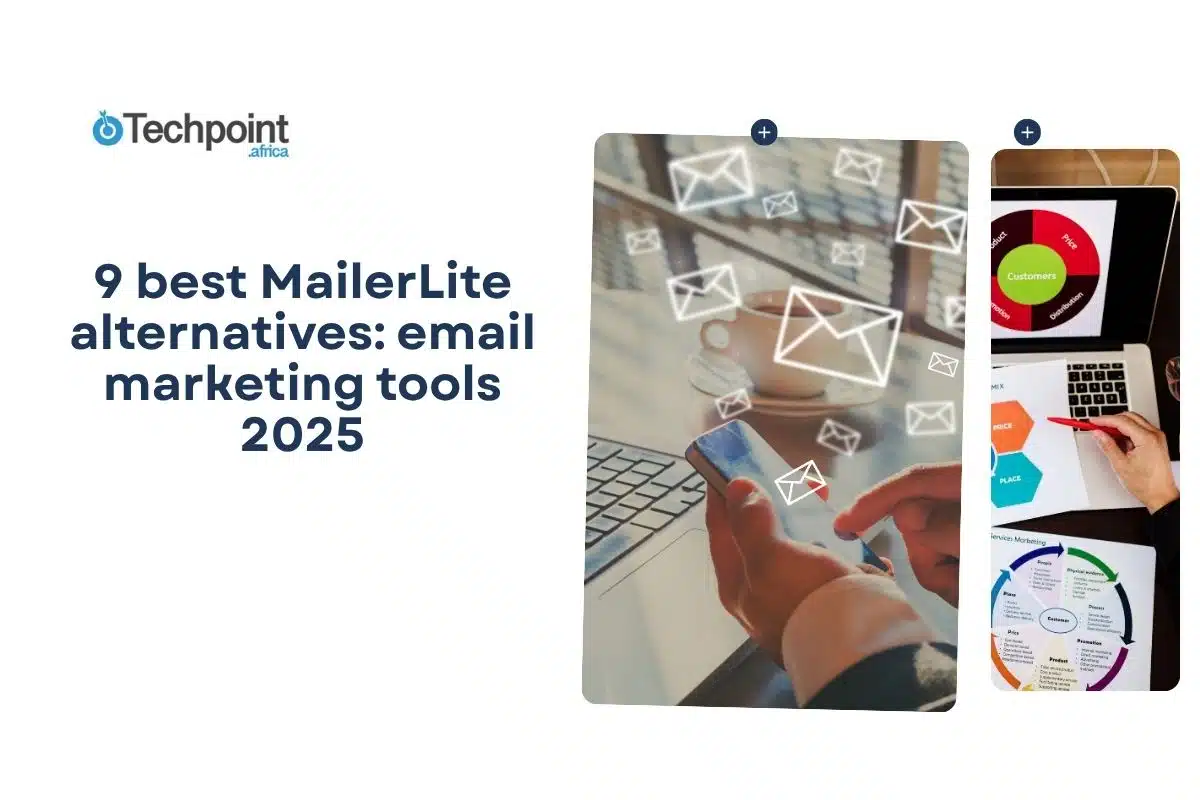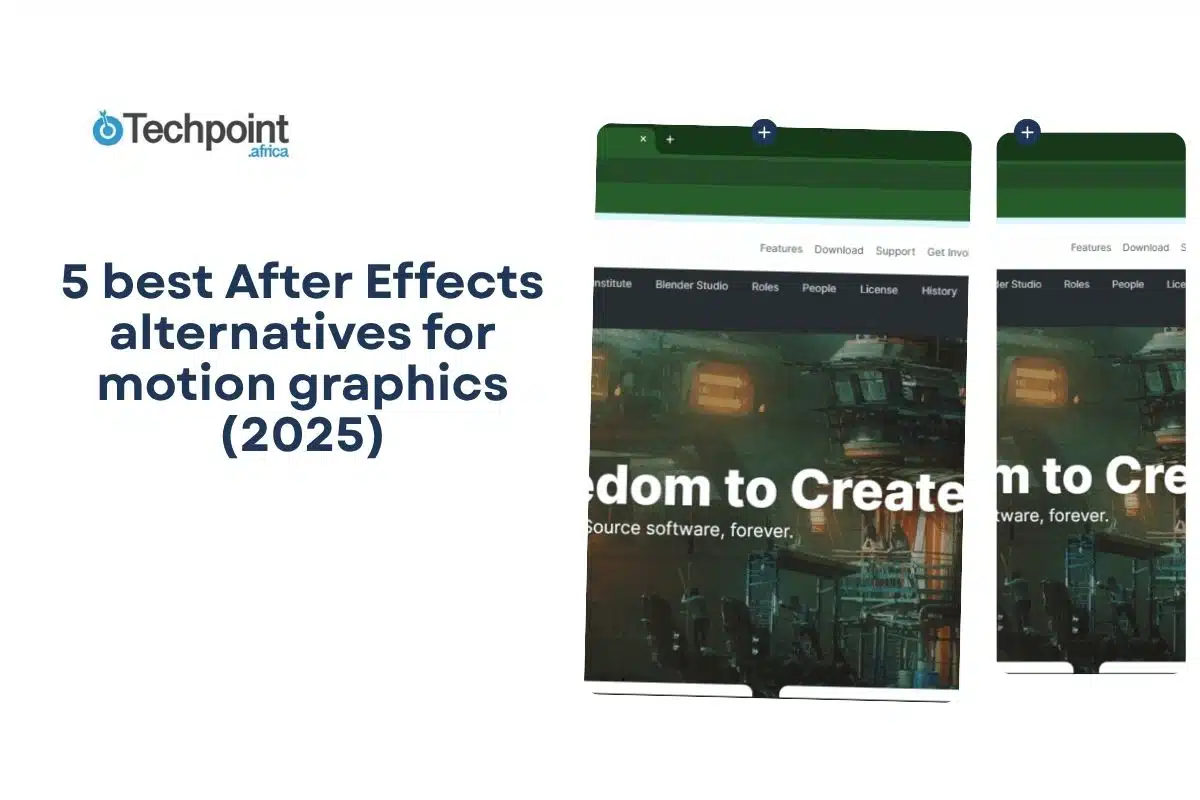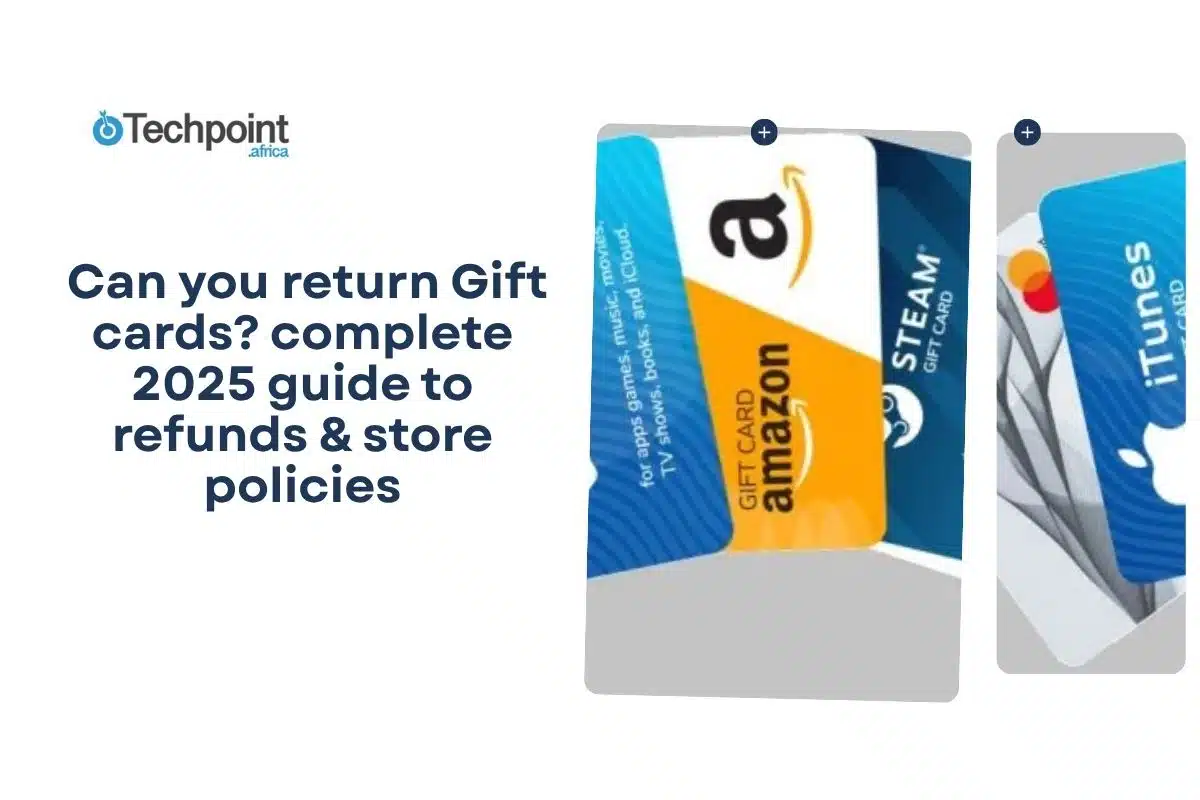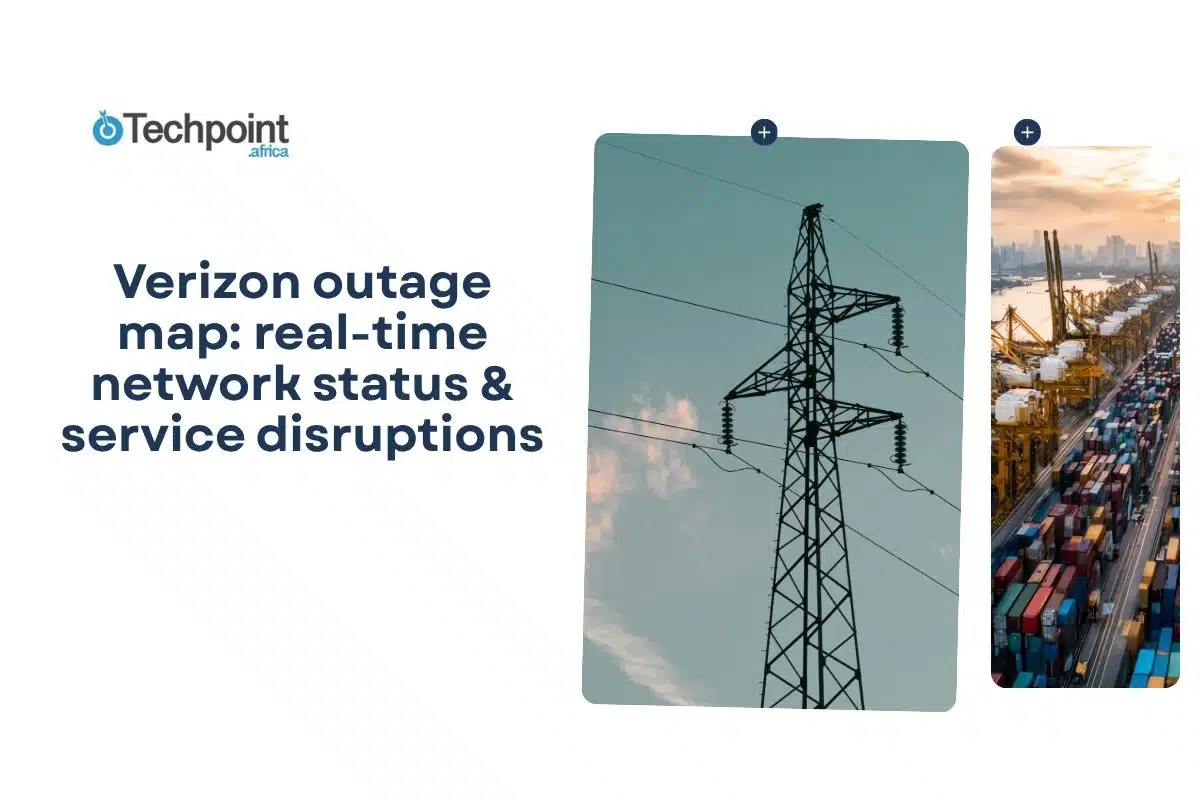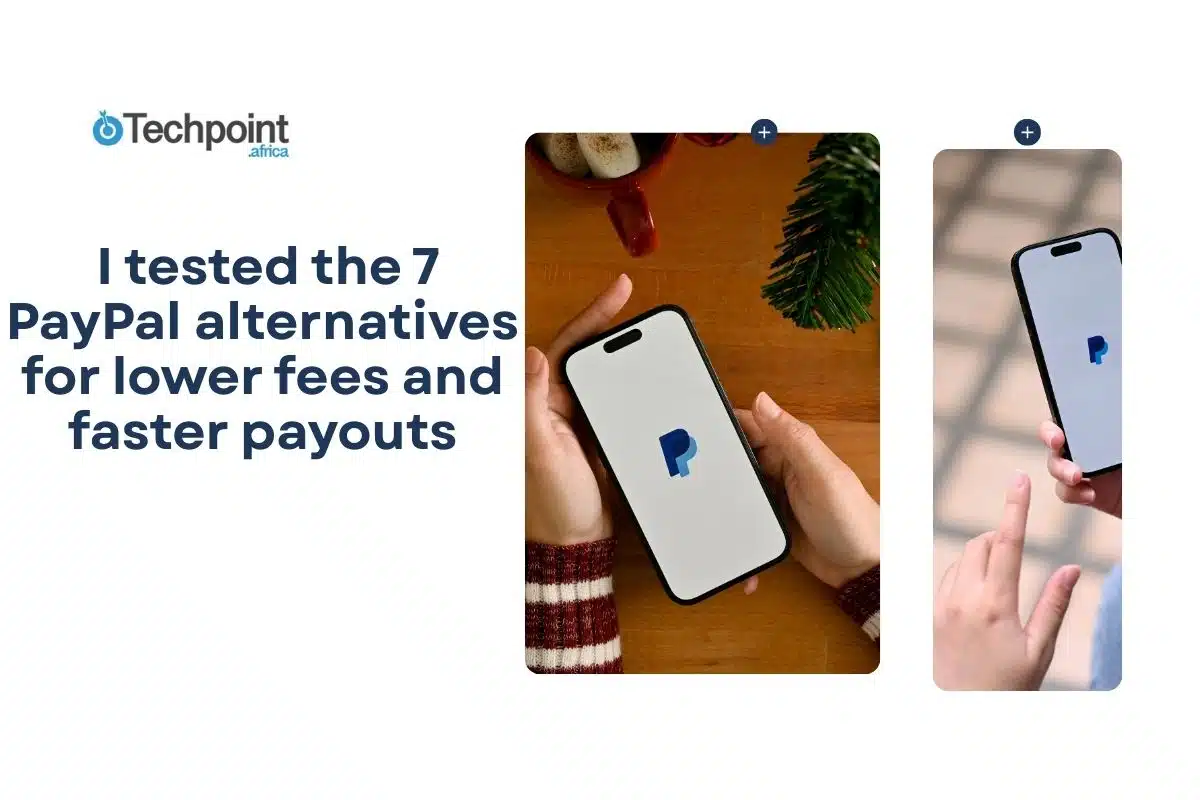
MailerLite has earned a loyal user base for its simplicity and affordability. But as your email marketing needs grow (advanced automation, richer analytics, or deeper integrations), you might start to hit a ceiling. That’s why you should check out these alternatives. The industry has improved, and 2025’s contenders bring features that match or are even better than MailerLite, without breaking your budget.
If you’re looking to level up your campaigns, track results more effectively, or explore tools that scale smoothly with your business, this list lays out the best options available right now.
In this guide, you will learn:
- The top email marketing tools worth switching to in 2025
- What makes each alternative unique in pricing, automation, and usability
- Which tools fit freelancers, small businesses, and growing brands best
- How to choose the platform that matches your marketing style
9 best MailerLite alternatives in 2025
- Brevo (formerly Sendinblue) – Robust automation and CRM features for scaling businesses.
- ConvertKit – Built for creators who prioritize simple funnels and clean audience management.
- ActiveCampaign – Advanced automation engine for serious marketers.
- GetResponse – Balanced all-in-one platform with webinars, landing pages, and automation.
- Mailchimp – Still one of the most recognized tools for small-business email marketing.
- Omnisend – Designed for eCommerce, with smart automation and multi-channel campaigns.
- Constant Contact – Straightforward platform for small business email and event marketing.
- Zoho Campaigns – Affordable and integrates perfectly with Zoho’s full business suite.
- Mailercloud – A newer player offering generous free tiers and modern automation tools.
Comparison Table: MailerLite Alternatives 2025
| Platform | Pros | Cons | Best For | Pricing (2025) |
| Brevo (Sendinblue) | Great deliverability, built-in CRM, flexible pay-as-you-go plans. | Interface can feel cluttered, with limited templates. | SMEs & agencies | Free up to 300 emails/day; Starter from $25/mo |
| ConvertKit | Visual automation builder, great tagging, clean design. | Limited design options, weaker analytics. | Content creators | Free up to 1,000 subs; Creator from $9/mo |
| ActiveCampaign | Excellent automation power, strong CRM, and great support. | Steep learning curve, pricier for small lists. | Advanced users | Lite from $29/mo |
| GetResponse | Strong automation, built-in webinar hosting, and good templates. | It can feel overwhelming, with fewer native integrations. | Coaches & marketers | Free up to 500 contacts; Email Marketing from $15/mo |
| Mailchimp | Easy setup, great analytics, trusted deliverability. | Limited automation in lower tiers, rising costs. | Small businesses | Free for 500 contacts; Essentials from $13/mo |
| Omnisend | Powerful eCommerce targeting, Shopify integration, strong automation. | Overkill for non-eCommerce users, SMS costs add up. | Online stores | Free up to 250 contacts; Standard from $16/mo |
| Constant Contact | Reliable, strong customer support, integrates with social ads. | Dated UI, weaker automation compared to rivals. | Local businesses & nonprofits | Lite from $12/mo |
| Zoho Campaigns | Great value, good for teams already using Zoho ecosystem. | Basic templates, smaller feature set. | Zoho users & startups | Free up to 2,000 contacts; Standard from $5/mo |
| Mailercloud | Simple interface, strong deliverability, generous free tier. | Smaller integration library, newer brand. | Beginners & small teams | Free up to 1,000 subs; Pro from $10/mo |
Brevo (formerly Sendinblue)

Brevo has grown from a simple email sender into a complete marketing and CRM powerhouse. It lets you manage email, SMS, WhatsApp, and chat automation from a single, tidy workspace. The pay-as-you-go model is one of its biggest perks, making it affordable for brands that send more emails than they have contacts. The interface can feel dense at first, but its depth is worth the effort once you settle in.
Automation is where Brevo shines. You can set up detailed workflows triggered by time, clicks, or behaviour—perfect for nurturing leads or re-engaging inactive subscribers. The CRM integration lets sales and marketing teams share insights easily, which helps track customer journeys end-to-end. Deliverability rates are consistently strong, too, which many budget tools struggle with.
Its few drawbacks are mostly cosmetic. Some templates feel dated, and the navigation isn’t the most intuitive. Still, for growing teams that want advanced automation, smart segmentation, and fair pricing, Brevo sits right near the top of 2025’s list.
ConvertKit (Now Kit)

ConvertKit remains the go-to tool for creators who prefer simplicity over clutter. It focuses on doing fewer things extremely well, like building clean email funnels and personalizing communication with smart tagging. The setup process is beginner-friendly, yet powerful enough for seasoned marketers. Its interface feels calm and intentional, helping you focus on writing instead of wrestling with buttons.
Automation is built visually. You can drag and connect sequences, add tags, and branch subscriber paths without needing to touch code. This makes it easy to build smooth welcome sequences or sell products through email without leaving the dashboard. Its integrations with tools like Gumroad and Teachable further strengthen its appeal to independent creators.
Design options remain limited compared to Mailchimp or GetResponse, and analytics could dig deeper. But those trade-offs are part of its clarity, Kit values focus over flash. For solopreneurs, writers, and educators who live off audience connection, it’s a steady, thoughtful platform that scales without losing its simplicity.
ActiveCampaign

ActiveCampaign sits comfortably in the “power user” zone of email marketing tools. It’s built for teams that crave detailed automation and customer tracking. From the moment you log in, you can tell it’s engineered for precision. Every click, page visit, or purchase can be used to trigger personalized campaigns. The learning curve is real, but once you get familiar, it’s hard to go back to simpler systems.
Its automation engine remains one of the best in the industry. You can chain multiple conditions, test complex customer journeys, and connect seamlessly to CRM data for full sales alignment. It’s especially good for B2B companies and agencies managing multiple audiences or pipelines. Reporting goes deep too—you see exactly how subscribers interact with your brand, not just who opened an email.
The only real drawbacks are its pricing and interface. It’s costlier than most entry-level tools, and the dashboard can feel intimidating at first. Still, for those who value data-driven personalization, ActiveCampaign delivers enterprise-level power at a mid-tier price.
GetResponse

GetResponse has quietly become one of the most complete platforms in the email space. Beyond campaigns, it covers landing pages, webinars, and marketing automation in one ecosystem. That makes it especially handy for educators, coaches, and businesses running courses or product launches. Its layout is clean, and its AI tools now help optimize send times and content.
The automation builder is robust but not overwhelming. You can create journeys triggered by user behavior, track engagement scores, and even run split tests inside workflows. GetResponse’s built-in webinar hosting is a rare bonus—few competitors offer that natively. Templates are fresh, mobile-ready, and customizable without needing design skills.
The integrations list isn’t as broad as ActiveCampaign’s, and beginners might take time to master its many modules. But once you do, you get a full-funnel marketing machine under one login. For anyone who wants sales funnels, landing pages, or webinars, GetResponse is a smart upgrade in 2025.
Mailchimp

Mailchimp remains one of the most recognized names in email marketing, and for good reason. Its drag-and-drop builder is still one of the easiest to use, and it packs in everything from templates to analytics in a friendly, approachable interface. Small businesses love how quick it is to launch a campaign, and the branding tools make even basic newsletters look polished.
Over the years, Mailchimp has evolved into more of a marketing platform than just an email tool. You can build landing pages, automate follow-ups, and even run social ads—all in the same workspace. Its analytics dashboard offers clear insights into open rates, click performance, and customer engagement trends. Deliverability remains strong too, which is no small win in 2025’s crowded inboxes.
That said, Mailchimp has lost some shine among budget users. Its pricing rose gradually, and many advanced automation features now sit behind higher tiers. Still, for small teams or freelancers wanting reliability, support, and polish, Mailchimp is the comfortable all-rounder that keeps performing year after year.
Omnisend

Omnisend is laser-focused on eCommerce, blending email, SMS, and automation into a single system tailored for online stores. It syncs effortlessly with Shopify, WooCommerce, and BigCommerce, making setup straightforward for retailers. The visual automation builder lets you map out customer journeys, from abandoned carts to post-purchase thank-yous, with ease.
Its true strength lies in personalization. Omnisend tracks customer behaviour across multiple channels and tailors messages automatically. You can combine email, SMS, and even push notifications into one flow, which helps increase conversions without spamming users. Reporting is detailed too; you’ll know exactly which automations drive revenue.
The main downside is cost, especially if you rely heavily on SMS. It’s also less relevant for users outside of e-commerce. But for store owners chasing conversion-driven marketing, Omnisend feels purpose-built. It’s sharp, scalable, and one of the few tools that bridges the gap between simple email software and full retail automation in 2025.
Constant Contact

Constant Contact has been a mainstay in email marketing for years, and it continues to serve small businesses and nonprofits well. Its interface is approachable, making it easy for anyone—even beginners—to build professional campaigns without a steep learning curve. Drag-and-drop templates, ready-made subject lines, and calendar tools simplify planning.
The platform also integrates with social media ads, event management, and e-commerce, which gives users multiple ways to engage audiences beyond email. Automation is basic but functional, allowing you to send welcome series, follow-ups, and birthday emails with minimal effort. Its reporting tools provide essential insights like open rates, clicks, and bounces, helping you optimize campaigns gradually.
Automation is limited compared to newer platforms, and the user interface can feel a bit dated. Yet, for teams seeking reliability, steady support, and simple cross-channel capabilities, Constant Contact remains a solid choice. It’s particularly well-suited for local businesses, nonprofits, and any organization that wants straightforward, dependable email campaigns.
Zoho Campaigns

Zoho Campaigns is a cost-effective solution tightly integrated with the Zoho ecosystem. Its email editor is clean and easy to navigate, and the platform allows you to segment contacts, schedule campaigns, and track engagement efficiently. For small businesses already using Zoho CRM, it’s a seamless extension that ensures marketing and sales stay aligned.
Automation features include welcome series, autoresponders, and behavior-based triggers. You can also create targeted campaigns based on subscriber activity, boosting engagement without extra complexity. Its reporting tools cover open rates, click-throughs, and bounce metrics, offering enough detail to improve campaigns over time.
On the downside, Zoho Campaigns’ templates are somewhat basic, and its integration library outside Zoho apps is smaller than that of competitors. Nevertheless, for startups or small teams prioritizing value and workflow cohesion, Zoho Campaigns delivers a solid, affordable platform that covers core email marketing needs efficiently.
Mailercloud

Mailercloud is a newer player, but already making waves in 2025. Its interface is modern and intuitive, designed to minimize friction for users transitioning from simpler email tools. With email automation, list management, and advanced analytics, it packs features often found in pricier alternatives.
The platform offers strong deliverability and a generous free plan, making it ideal for small teams or beginners testing the waters. Automation workflows are straightforward to set up, and the drag-and-drop editor simplifies campaign creation. Reports include real-time stats on opens, clicks, and unsubscribes, helping marketers tweak campaigns effectively.
Mailercloud’s integration library is smaller than long-standing competitors, and it’s still growing its template variety. However, for beginners, small businesses, or anyone looking for a simple yet capable tool in 2025, Mailercloud is a compelling choice that balances ease-of-use with meaningful marketing power.
How to choose the best MailerLite alternative for you
Picking the right email marketing tool is really about how well it fits your workflow, audience, and growth goals. Here are the key factors to weigh:
- Business Type & Goals: Creators might value simplicity and tagging (ConvertKit), while eCommerce shops need multichannel automation (Omnisend).
- Automation Needs: If your campaigns involve complex journeys, triggers, and segmentation, prioritize platforms with robust automation (ActiveCampaign, Brevo).
- Budget & Scaling: Free plans can get you started, but check pricing for higher subscriber counts. Tools like Zoho Campaigns or Mailercloud offer generous free tiers for small teams.
- Ease of Use vs Power: Some tools trade depth for simplicity (ConvertKit, Mailercloud), while others offer every feature imaginable but require a learning curve (ActiveCampaign).
- Integration Requirements: If you already use a CRM or eCommerce platform, pick a tool that integrates seamlessly (Brevo, Zoho Campaigns, Omnisend).
- Reporting & Analytics: Strong reporting helps you optimize campaigns. Consider whether the insights are actionable for your goals.
By mapping your priorities against these criteria, you can pick a platform that feels intuitive and delivers the results you want.
Final takeaways
- Choose a platform that aligns with your business type and audience, whether you’re a creator, small business, or eCommerce store.
- Consider automation, integrations, and reporting—these determine how well the tool scales with your campaigns.
- Balance ease-of-use and pricing against your marketing needs; sometimes a simpler tool like ConvertKit is better than a complex, costly solution.
Conclusion
The email marketing industry in 2025 offers plenty of solid alternatives to MailerLite. From robust automation engines like ActiveCampaign to beginner-friendly platforms like Mailercloud, there’s a solution for every type of user. Take advantage of free trials and starter plans to test workflows and see which platform fits naturally into your process. The right choice will not only streamline your campaigns but also enhance engagement, deliverability, and results—helping your emails work harder for your goals.

